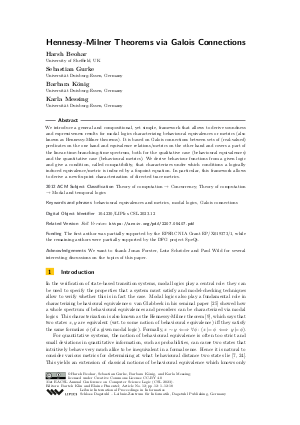LIPIcs.CSL.2023.12.pdf
- Filesize: 0.69 MB
- 18 pages

 Creative Commons Attribution 4.0 International license
Creative Commons Attribution 4.0 International license


























Feedback for Dagstuhl Publishing